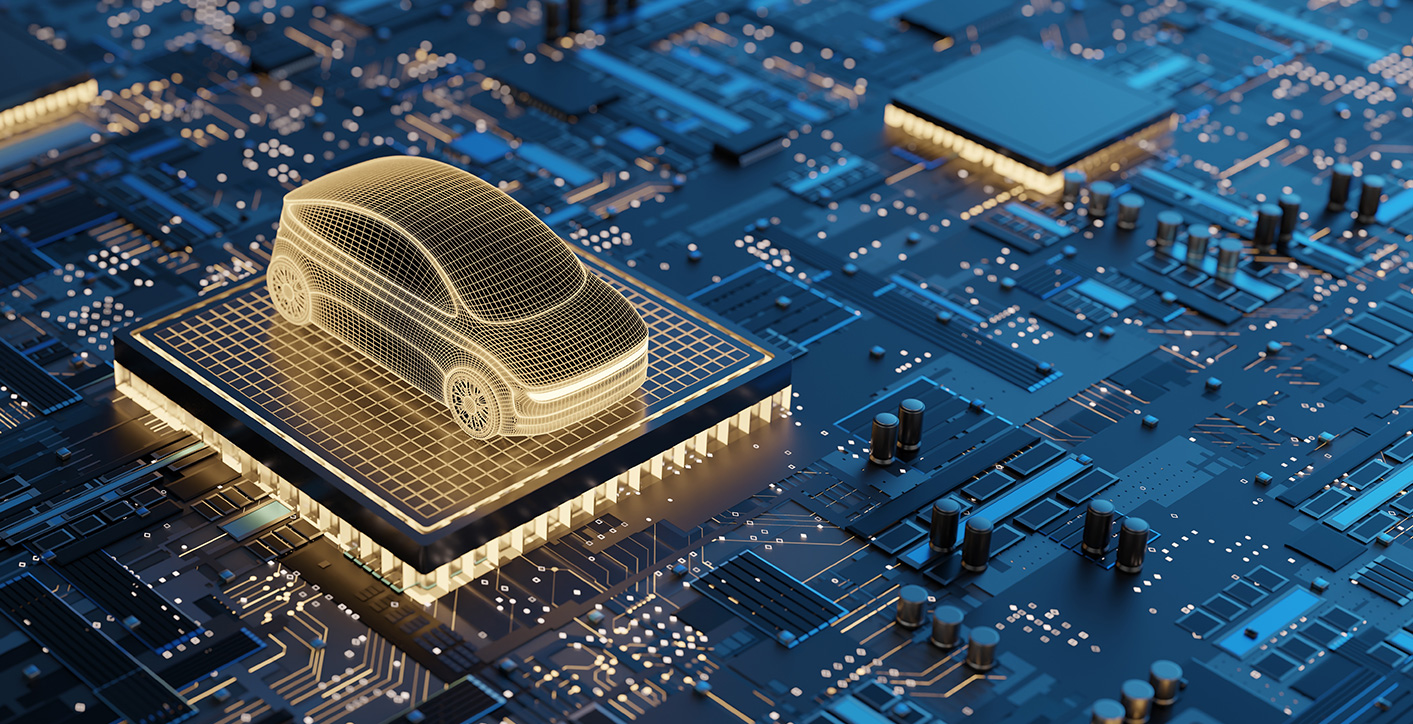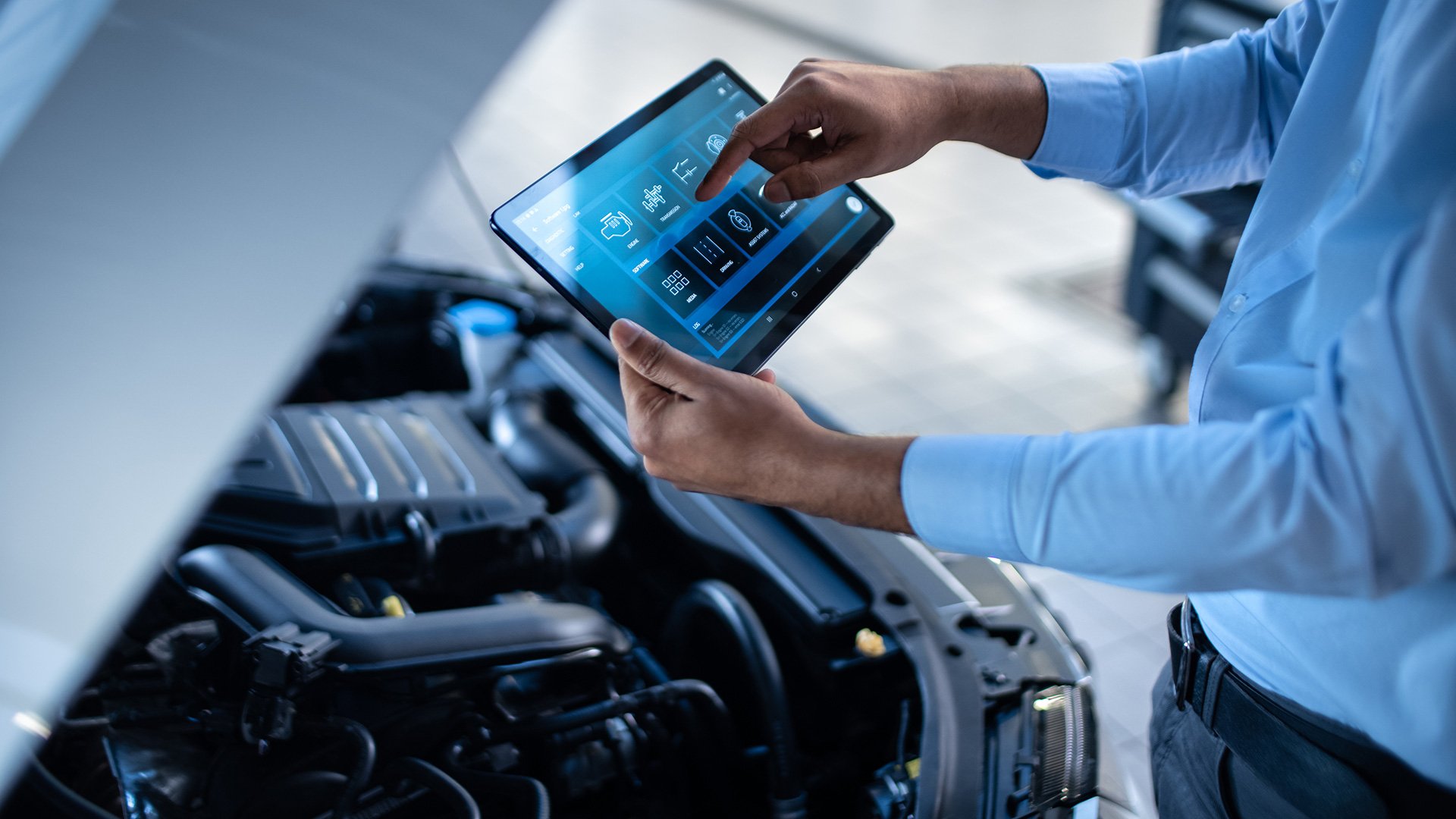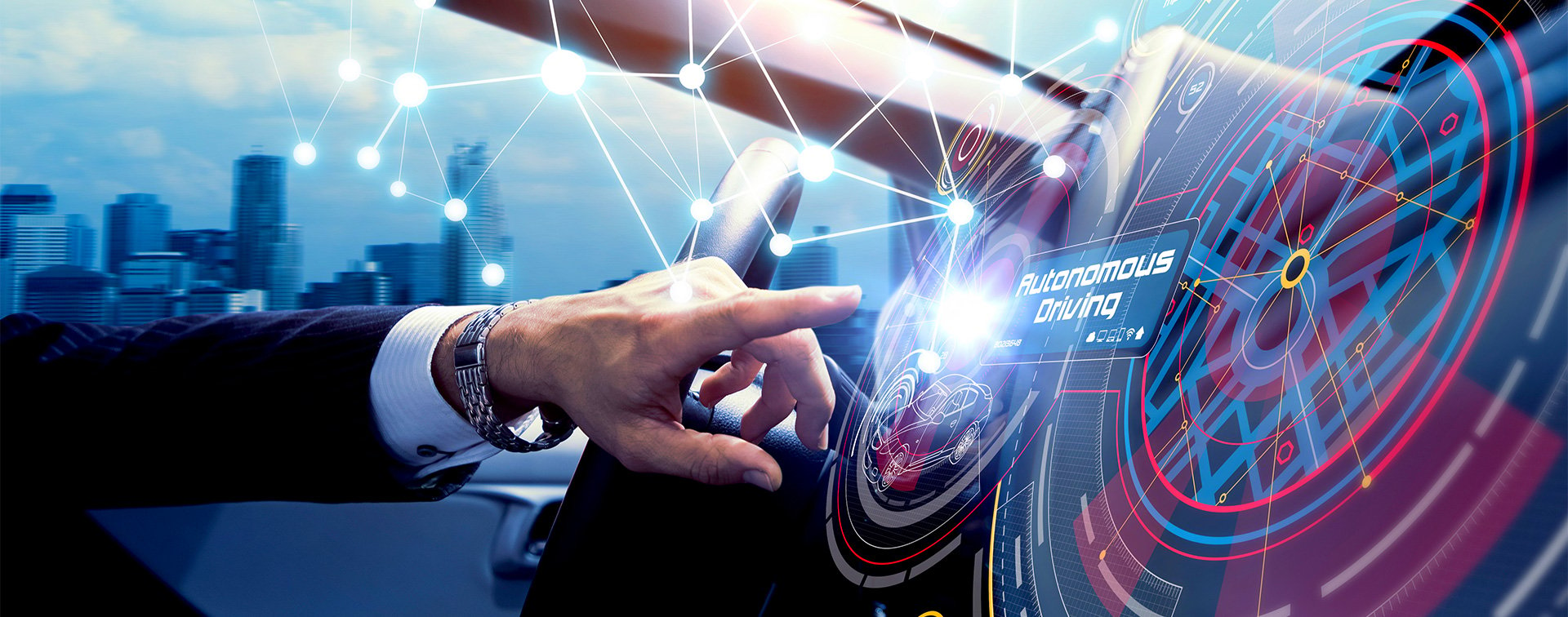
Navigating Automotive Market Drivers and Heterogeneous Computing
- 3 minute read
-
Author: Mobica
Automotive manufacturers need to plan for the next decade of developments - now. Artificial intelligence (AI), machine learning and computer vision are all establishing an important place in this sector, and decision-makers need to be ready for the various opportunities - and challenges - that these will bring.
Here, we outline how heterogeneous computing can help.
The automotive industry is speeding ahead. From autonomous vehicles that demand greater levels of data processing, to the proliferation of electric powertrains in today’s cars, a heterogeneous system-on-chip is well suited to supporting systems with an extensive range of compute tasks.
Manufacturers are using AI in almost every aspect of the car, from its initial design and specification right through to the manufacturing process itself and when the car’s out on the road. With human error responsible for 94% of all car accidents, autonomous vehicles have the potential to save millions of lives each year.
Thanks to AI, driver assistance is evolving fast. Advanced driver-assistance systems like automatic braking, driver drowsiness detection and lane departure warnings are all playing their part in helping to make our roads safer. Other developments include natural conversation AI, which uses speech recognition, natural language processing and speech synthesis to advance how technology understands context, emotion, user preferences and complex sentences. Manufacturers are also concentrating efforts on AI that provides driving analysis, delivering real-time alerts that warn drivers of risks like upcoming collisions and driving conditions.
We also can’t mention AI in the automotive industry without talking about self-driving vehicles. Through machine learning and neural networks, self-driving cars use sensors to make real-time decisions based on the information gathered. For instance, should a self-driving car detect a pedestrian crossing a road, the vehicle will be able to determine whether stopping or slowing down is the best course of action, depending on how far the pedestrian is away. Based on consumer interest in autonomous driving features and commercial solutions available today, advanced driver-assistance systems and self-driving cars could generate ‘between $300 billion and $400 billion in the passenger car market by 2035’.1
70% of new cars will have some form of automation by 2040, and 60% will be fully autonomous by 2045. Gitnux, 20232
Growing Computing Demands
Nevertheless, for all its opportunities, AI in the automotive industry is a complex process. For instance, let’s consider computer vision, which is at the heart of autonomous vehicle technology. Employing object detection algorithms and embracing the very latest sensors and cameras, computer vision requires rigorous pattern recognition and extensive computing power to drive a car independently.
Training datasets have to be gathered, with artificial models having to capture multiple iterations of camera-generated images to guarantee object detection will operate as it’s needed to. Each of these elements is labelled with an individual annotation type, with huge amounts of data required to test these models.
The performance of the computer vision autonomous driving model will also be influenced by its immediate environment. The weather, lighting and the condition of the road will all have an impact, meaning diverse datasets are also required. And not only do stationary objects have to be seen, but moving ones like pedestrians too. Self-driving cars need to anticipate their movements quickly and efficiently, to keep people safe. All of these demands ask more and more of a computing system.
Fortunately, a heterogeneous computing approach allows you to take advantage of the incredible opportunities that the next decade’s automotive market drivers present.

Accelerating Compute Tasks
Put simply, a heterogeneous system-on-chip (SoC) is perfectly suited to overcome these growing computing demands for the automotive sector.
Heterogeneous computing uses a single system with multiple computing sub-systems. This architecture delivers fast processing speed, low power consumption and improved performance, by using a range of processors - that may execute core instructions differently - to work together in parallel to enhance computing power. This architecture accelerates compute speed, minimising the time required to complete a task, and extending the capabilities of your system. As a result, a heterogeneous SoC is a fantastic solution for meeting future automotive technology demands.
For example, as the industry transitions towards adopting electric powertrains, the sheer complexity of compiling a system with hundreds of ECUs has led many automotive manufacturers to instead opt for larger, centralised ECUs with virtualisation separating functionality. This offers lower weight and cost benefits, while achieving greater performance too. And in this kind of application, a heterogeneous SoC can easily support the large range of compute tasks required.
5 Key Questions for a Smart Specification
When planning for a project that will incorporate a heterogeneous architecture, it’s vital that you ask the right questions. You need to consider:
-
What compute units are required?
-
What tasks will be asked of each type of compute module?
-
What performance requirements need to be achieved?
-
How can tasks be prioritised, in terms of speed and cost?
-
How are these tasks best delegated across the available compute modules?
Next, you need to take the time to understand this heterogeneous SoC is being used in the most efficient way possible. Code needs to be questioned, just-in-time compilers must be considered, smart scheduling should be debated, and - critically - how resources are assigned to tasks has to be assessed in detail.
If you’re looking for a software specialist that can support the development of compute unit drivers and middleware APIs, as well as integration services into generic frameworks, then we can help.
In order to illustrate the power and potential of a heterogeneous approach, we’ve created a free new e-guide that you can download. Offering a best practice guide to adopting a heterogeneous architecture, simply click the button below to grab your copy today.
As the automotive industry races to meet the next decade’s most pressing market drivers, consider the benefits of a heterogeneous approach to help you accelerate ahead.
1 McKinsey & Company, ‘Autonomous driving’s future: Convenient and connected’, https://www.mckinsey.com/industries/automotive-and-assembly/our-insights/autonomous-drivings-future-convenient-and-connected
2 Gitnux, ‘The Most Surprising Self Driving Cars Statistics And Trends in 2023’, https://blog.gitnux.com/self-driving-cars-statistics

